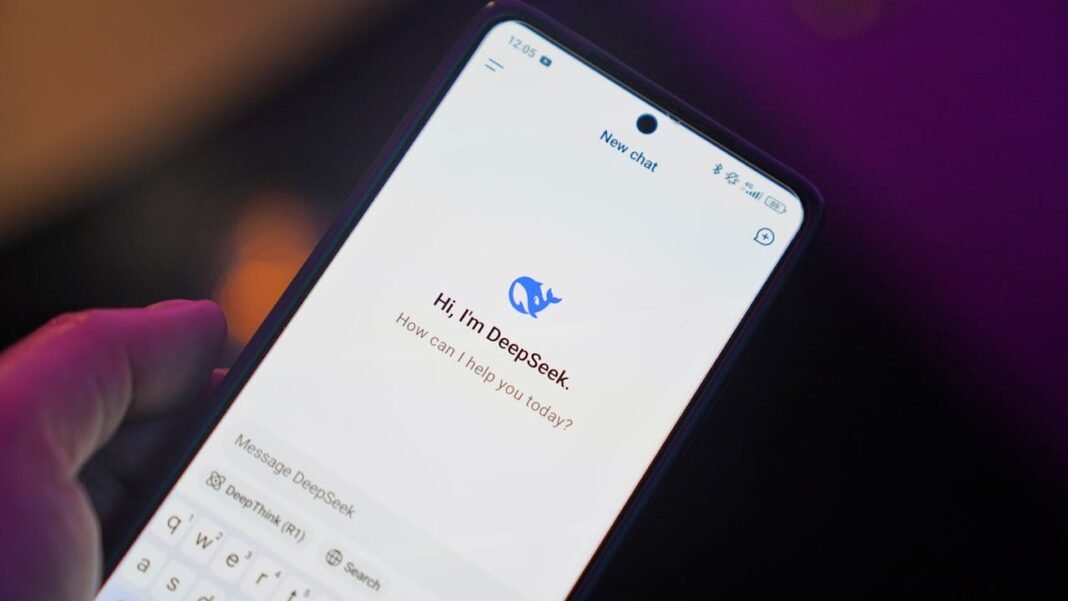Google’s AI solved a scientific mystery in just two days—one that took researchers a decade to crack. The tech giant calls its latest AI tool “co-scientist”. It works like a research colleague, generating ideas, forming theories, and analyzing data.
Scientists at Imperial College London spent ten years studying antimicrobial resistance (AMR). This deadly phenomenon creates superbugs immune to antibiotics, posing a major global threat. Experts predict AMR could kill millions annually by 2050.
The team used traditional research methods to theorize and confirm how bacteria acquire new DNA, making them more dangerous. Their study is now set for publication in Cell, a leading peer-reviewed journal.
After completing their research, Imperial College scientists teamed up with Google to test the AI co-scientist feature.
They asked the AI, powered by Google’s Gemini models, to generate ideas on how bacteria develop antibiotic resistance. It analyzed existing data and tested novel theories, pushing the research further.
Surprising Speed and Precision of Results
Prof. José Penadés, who co-led the research at Imperial, shared his thoughts with The Telegraph: “We spent years uncovering this mechanism. Capsids, the protein shells of viruses, form with DNA inside but no tails. They can attach tails from different viruses, allowing them to infect various species.”
The team understood this process, but no one else did. Their findings remained private, with no public records or online documentation. Curious about the AI’s capabilities, they fed it just a few sentences and asked how the bacteria might function.
In just two days, the AI generated its own theories—one of which matched the team’s long-sought answer. Prof. Penadés shared his reaction: “This was the top result—the AI’s first hypothesis. As you can imagine, it was quite shocking.”
Dr. Tiago Dias da Costa, a bacterial pathogenesis expert at Imperial and co-author of the study, highlighted the impact: “Co-scientist condensed 10 years of research into just two days.” The AI quickly generated the correct hypothesis within 48 hours. However, it couldn’t conduct the experiments needed to prove it—work that took years to complete.
Still, the researchers believe that having this hypothesis from the start would have saved them years of effort.
Future of AI in Science
Co-Scientist acts as a “virtual scientific collaborator” that generates new hypotheses and research proposals. Google plans to release a tester version for free to researchers. It also aims to publish an API for broader use. Meanwhile, the UK government is investing in AI infrastructure. It has allocated £4.8 million to 23 research projects focused on using AI in science. These include trials to bring AI into the peer-review process.
Key Takeaways
AI Accelerates Scientific Discovery – Google’s “co-scientist” AI solved a decade-long superbug mystery in just 48 hours, showcasing its potential in research.
AI Complements, Not Replaces, Researchers – While the AI generated the correct hypothesis quickly, human scientists were still essential for conducting experiments and proving the theory.
Potential to Save Years of Work – If researchers had received the AI’s hypothesis at the start, it could have drastically reduced the time required for discovery.
Also Read About
Apple’s $599 iPhone 16e with AI launches on February 28
Meta Announces First-Ever LlamaCon: An AI-Focused Event for Developers, to Be Held in April



